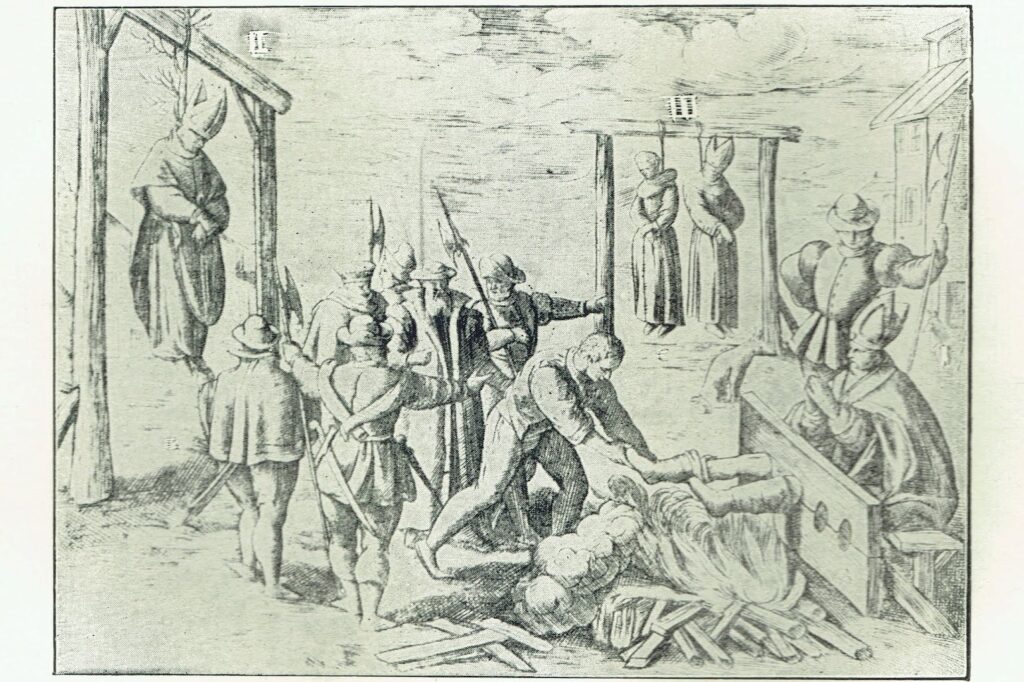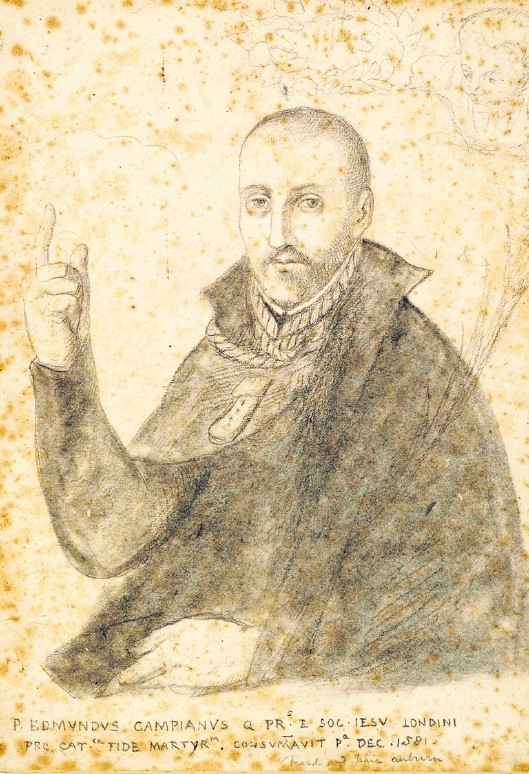Erasmus visited and stayed with the More family on several occasions and described his household as “a school for the knowledge and practice of the Christian faith”.
The biography of More written in the 1580s by the Catholic exile, Thomas Stapleton, bears witness to the educational principles on which his ‘school’ was based. Stapleton tells us that as well as his own four children, More arranged for the education of his adopted daughter, Margaret Giggs, together with eleven of the 21 grandchildren who were born before his martyrdom. Over the years he appointed a series of excellent tutors of whom John Clement and William Gunnell were the most prominent.
St Thomas insisted that the children study Latin, Greek, logic, philosophy, mathematics and astronomy. They were to read the Fathers of the Church, especially St Jerome and St Augustine, thoroughly in the original languages. Above all they were to be instructed in the Christian virtues.
In a very significant letter to Gunnell More wrote ‘Though I prefer learning joined with virtue to all the treasures of kings, yet renown for learning, when it is not united to a good life, is nothing else than splendid and notorious infamy’.
He goes on to say that he is particularly delighted with his daughter Elizabeth’s gentle virtues and says that a woman who is educated and virtuous ‘will have more real profit than if she had obtained the riches of Croesus and the beauty of Helen’.
All of his children were to be warned by Gunnell ‘to avoid the precipices of pride and haughtiness, and to walk in the pleasant meadows of modesty…to put virtue in the first place, learning in the second; and in their studies to esteem most whatever may teach them piety towards God, charity to all and Christian humility in themselves’.
His belief that education was as important for females as for males was not a common view at that time. St Thomas tells Gunnell in the same letter, ‘Nor do I think that the harvest will be much affected whether it is a man or a woman who sows the field… they both have the same human nature… both, therefore, are equally suited for those studies by which reason is cultivated’.
It is fortunate for us that More’s secretary, John Harris, kept safe 30 of his letters to his children and took them with him to the Low Countries when he and his wife, Dorothy, fled into exile under Elizabeth I. The manuscripts of 28 of these have since been lost but Stapleton had sight of them and transcribed a number of them in his biography of More. They give us a tender and delightful insight into More’s relationship with his children. Mainly written from court or when he was otherwise absent from home on royal business they generally begin with words such as ‘Thomas More to his whole school, greeting’.
He frequently gives encouragement to his children with such sentiments as ‘Your zeal for knowledge binds me to you almost more than the ties of blood’. He bids them, young as they were, to write to him in Latin though allowing that they might write a first draft in English and then translate it, provided that they then read it over carefully and correct any mistakes in the final Latin text.
Above all his legendary wit is frequently at play. As an example, when complimenting them on their skills in astronomy, he remarks that not only can they point out and name individual stars ‘but are also able – which requires a skilful and profound astrologer – among all those heavenly bodies, to distinguish the sun from the moon’.
Again, in asking each one of them to write to him almost every day, he says that he will be pleased to receive any kind of news, adding ‘and you will please me most if, when there is nothing to write about, you write about that nothing at great length’.
These letters offer a remarkable and rare insight into the relationship of one extraordinary 16th century father with his children. In many ways they seem so modern, as when he writes to his daughter, Margaret, who had confessed to some mistake, ‘to a father even a blemish will seem beautiful in the face of a child’.
Yet at other times it is the great difference between much of modern education and that of More’s school which strikes us: the insistence that faith and Christian virtue are more important than factual learning, the importance of a thorough mastery of Latin and Greek and the emphasis on the Fathers of the Church.
It is because of these elements that More’s education of his children did them such great service and fitted them for heroic Christian virtue. Not only did they grow up to be learned and erudite, but they were so formed in the Catholic faith that when evil times came and most of the English population fell away from the faith, many of More’s family and associates held firm.
His daughter, Margaret, who grew to be the most learned of them all, was also her father’s greatest support during his 15 months’ incarceration, visiting and writing letters to him which have bequeathed to us a correspondence even richer and more remarkable than that between St Thomas and his school in happier times.
Meanwhile those other associates of his school, John Clement and his wife Margaret neé Giggs, and Willaim Rastell and his wife Winifred neé Clement, all died in exile where they had striven to keep More’s memory alive in times of persecution.
If we rightly honour St Thomas More’s memory as a model statesman, lawyer, scholar and martyr we should remember also the example he gave to us as a great and far-sighted educationalist.
Graham Hutton is a Trustee of The Christian Heritage Centre at Stonyhurst and Chair of the Catholic charity, Aid to the Church In Need.










